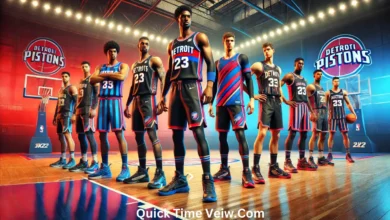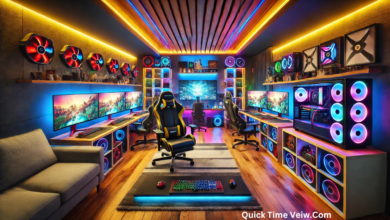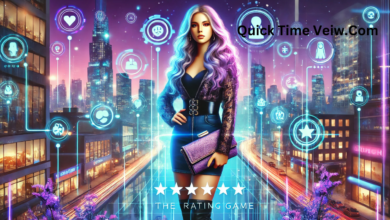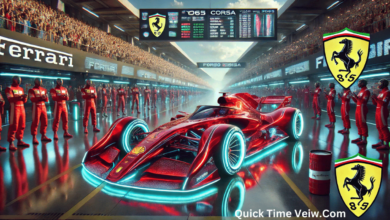Why “Sonkun Shaders Make GBA Look Off”: A Deep Dive into Retro Game Visual Enhancements
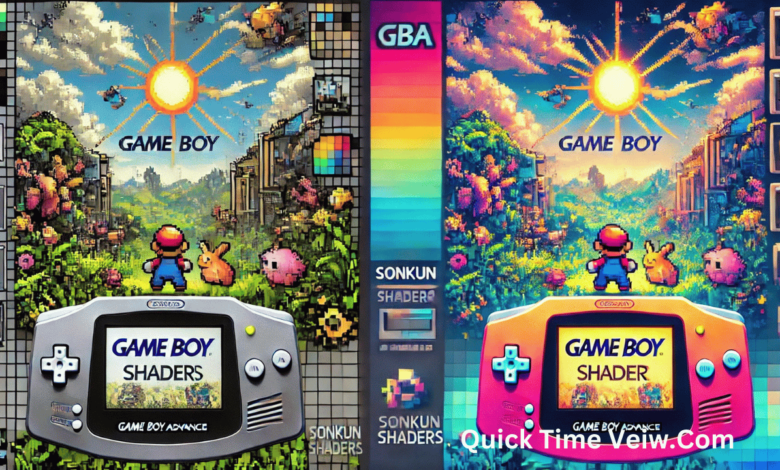
The nostalgia of playing retro games on classic hardware is an experience many gamers cherish. As technology advances, enthusiasts seek ways to replicate these experiences on modern devices. One such method is using shaders to emulate the look of older displays. Among the popular options are Sonkun’s shaders, known for their ability to recreate the appearance of CRT screens. However, when it comes to the Game Boy Advance (GBA), some users feel that Sonkun shaders make GBA look off. This article delves into the reasons behind this perception and offers insights into optimizing the gaming experience.
Understanding Sonkun Shaders
Sonkun shaders are designed to replicate the visual characteristics of CRT displays. These shaders introduce effects like scanlines, color adjustments, and screen curvature to mimic the appearance of classic television screens. While this enhances the retro gaming experience for many platforms, the results can vary significantly depending on the system being emulated.
What Are CRT Shaders?
CRT shaders simulate the look of older cathode-ray tube displays by adding visual elements such as:
- Scanlines: Horizontal lines that mimic the electron beam scanning process of CRTs.
- Color Bleeding: Slight blending of colors to emulate the phosphor glow.
- Screen Curvature: A subtle curve to replicate the convex shape of old screens.
These effects aim to evoke nostalgia by recreating the visual feel of gaming on original hardware.
The Appeal of Sonkun Shaders
Sonkun’s shaders have gained popularity for their ability to bring a vintage aesthetic to modern displays. Gamers appreciate the attention to detail, which enhances the retro feel and immerses them in the past gaming era. However, applying these shaders to handheld systems like the GBA presents unique challenges.
Why Sonkun Shaders Make GBA Look Off
Despite their popularity, some users report that Sonkun shaders make GBA look off. This sentiment arises from several key factors, which we will explore in detail.
Resolution Differences
The GBA’s native resolution is 240×160 pixels, significantly lower than the resolutions for which many CRT shaders are optimized. This discrepancy can lead to scaling issues when applying shaders designed for higher-resolution systems. The result is a visual output that may appear blurry, distorted, or otherwise “off.”
Impact on Visual Clarity
When shaders intended for high-resolution displays are applied to the GBA’s lower resolution, the image can lose sharpness. The pixel density of the GBA screen is not aligned with the scaling effects of CRT shaders, leading to a less than optimal visual experience.
Color Reproduction Challenges
The GBA had a unique color palette, optimized for its specific LCD screen. Shaders that emulate CRT colors might alter this palette, leading to a visual output that deviates from the original handheld experience.
How Colors Are Affected
CRT shaders often enhance or modify colors to replicate the glow and depth of CRT screens. However, these adjustments can result in colors that look unnatural on the GBA. The vibrancy and tonal balance originally designed for the GBA’s screen may be lost, contributing to the perception that Sonkun shaders make GBA look off.
Scanline Implementation Issues
One hallmark of CRT shaders is the introduction of scanlines. While this effect works well for larger screens, it can have adverse effects on the GBA’s small display.
The Problem with Scanlines on GBA
The GBA’s screen is relatively small, and adding scanlines can make the image appear darker and more compressed. This reduction in visual clarity can detract from the gaming experience, making the display seem less crisp and more cluttered.
Personal Preference and Perception
Visual perception is highly subjective, and individual preferences play a significant role in how shaders are received.
Subjectivity in Visual Aesthetics
While some gamers appreciate the CRT aesthetic and find it enhances their gaming experience, others may feel that it doesn’t translate well to handheld systems like the GBA. This divide in opinion is a key reason why Sonkun shaders make GBA look off to certain users.
Optimizing Sonkun Shaders for GBA
For those who wish to use Sonkun shaders with their GBA games, there are ways to optimize the experience and mitigate some of the issues.
Experimenting with Shader Presets
Different shader presets can yield varying results. Gamers are encouraged to experiment with presets specifically designed for handheld systems.
Recommended Shader Combinations
One effective combination is the “lcd-grid-v2-gba-color” shader. This preset merges the lcd-grid-v2 and gba-color shaders, providing a balance that better replicates the GBA’s original screen appearance. By fine-tuning the settings, users can achieve a more authentic look.
Adjusting Shader Parameters
Customization is key to optimizing shaders for specific devices. Adjusting parameters such as brightness, contrast, and scanline intensity can help tailor the visual output to better suit the GBA’s unique characteristics.
Tips for Customization
- Brightness and Contrast: Tweaking these settings can help restore clarity and prevent the image from appearing too dark.
- Scanline Intensity: Reducing the intensity of scanlines can improve visual clarity on the GBA’s small screen.
- Color Balance: Adjusting color settings can help maintain the original vibrancy of GBA games.
Testing and Iteration
Achieving the perfect balance may require some trial and error. Gamers should be patient and willing to test various configurations to find what works best for their preferences and display setup.
FAQs
1. Why do Sonkun shaders make GBA look off?
- Sonkun shaders can make GBA look off due to differences in resolution, color reproduction, and scanline effects that don’t translate well to the GBA’s small screen.
2. What are CRT shaders?
- CRT shaders are visual filters that emulate the appearance of cathode-ray tube displays by adding effects like scanlines, color adjustments, and screen curvature.
3. How can I optimize Sonkun shaders for GBA?
- To optimize Sonkun shaders for GBA, experiment with presets designed for handheld systems, adjust shader parameters, and test different configurations.
4. What is a good shader preset for GBA?
- The “lcd-grid-v2-gba-color” shader is recommended as it combines lcd-grid-v2 and gba-color, offering a more authentic GBA screen replication.
5. Why do scanlines affect GBA visuals negatively?
- The GBA’s small screen and lower resolution can make scanlines appear too dark or compressed, reducing visual clarity and making the display seem cluttered.
Conslusion
In conclusion, while Sonkun shaders offer a way to enhance the visual experience of retro games, they can sometimes make GBA games look off due to resolution differences, color reproduction issues, scanline implementation, and personal preferences. By understanding these factors and optimizing shader settings, gamers can achieve a more satisfying and authentic experience. Remember, the key to enjoying retro gaming lies in finding the right balance between nostalgia and visual enhancement.
Read More:Comprehensive Guide to the Kato KRM 100 Receiver Distributor: Features, Benefits, and Applications

